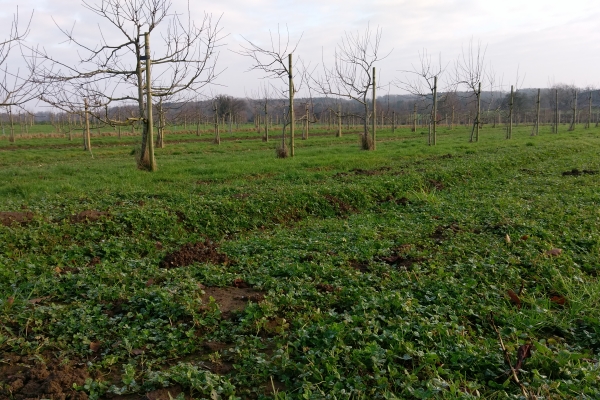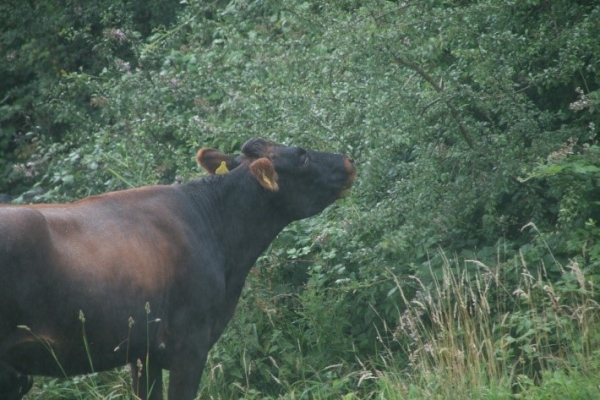Browse, preserved tree fodder and nutrition
How offering access to browse and feeding tree fodder can supplement the diet of domestic animal
Resource explained
AFINET factsheet discussing the value of browse and tree fodder for livestock. The factsheet covers what browse / tree fodder can offer animals and why, benefits, and advantages and disadvantages. In general, browse (i.e. fresh tree leaves and small branches) and tree fodder (dried browse) are good sources of protein, vitamins and minerals for stock. They compare favourably with grasses grown in the same environment and can supplement the diet of domestic animals. Animals with nutritional deficiencies will often seek out appropriate feed sources if they are given choice in a diverse environment. Establishment of silvopasture is a long-term investment. To function well, silvopasture systems need to be well-designed and well managed as livestock will often readily browse trees and hedgerows.
Findings & recommendations
- Silvopasture produces more forage per unit area than pasture alone.
- Different tree species have varying levels of palatability to livestock. This palatability can vary depending on whether the brash (leaves and small branches) is fresh browse or dried fodder.
- Highly palatable browse and fodder is often readily eaten by farm animals.
- Tree leaves and small branches often have high levels of:
- Protein (especially from ash, lime and mulberrry);
- vitamins (e.g vitamin E);
- minerals (e.g selenium and zinc in willow).
- The level of some minerals is higher in tree fodder than fresh browse.
- Animals can self-regulate intake and those with nutritional deficiencies often seek out appropriate feed sources in a diverse environment. However, controlling intake (especially of dried fodder) may be necessary as excess minerals and high tannin levels can be toxic.
- Establishing silvopasture is a long-term investment and browsing is not recommended until trees are at least 3 years old.
- Controlled defoliation and sufficient time for regrowth is necessary as hard browsing can reduce a tree’s ability to regrow – the more palatable a species, the harder it will be browsed.
- The quality of management of both plants and animals is key to success.





